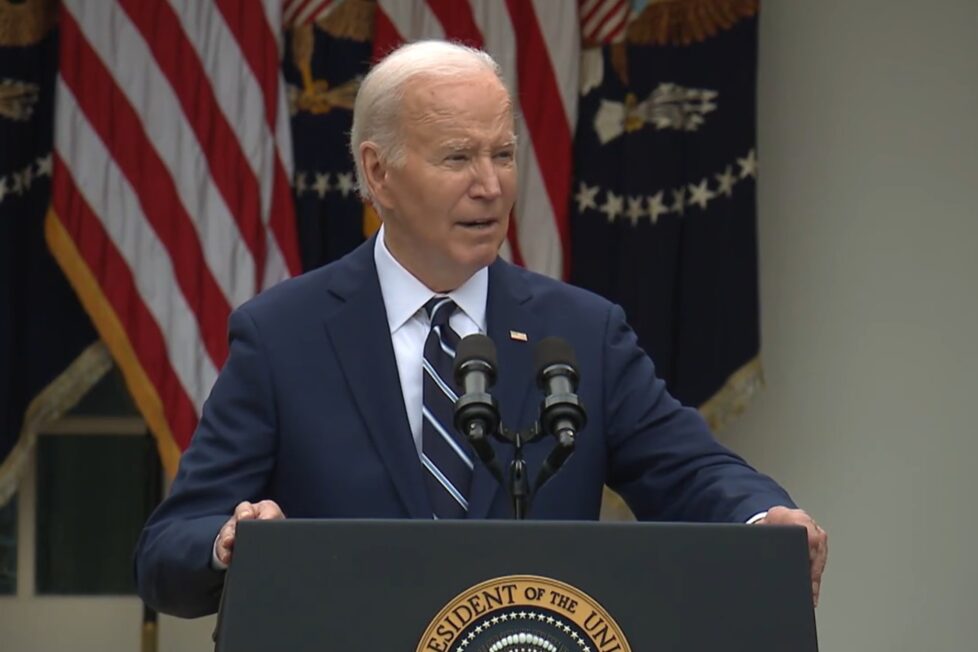Biden Quadruples Tariffs on China EVs, Batteries

President Biden announced a broad series of tariffs on goods imported from China, including several categories of products central to the U.S.’ clean energy transition strategy, such as electric vehicles, batteries and battery materials, and solar cells. In total, the White House said that the increased tariffs cover $18 billion of imports from China.
According to a White House statement, the tariffs are aimed at countering China’s “unfair trade practices,” including forced technology transfers, theft of intellectual property, and use of overcapacity to flood markets with cheap products.
The White House announcement follows a two-year review of tariffs initially implemented by the Trump administration in 2018. While the review noted some “positive steps” taken by China to address some trade issues, it concluded that the “actions do not represent a systematic and sustained response to the issues,” with many technology transfer policies still in place, and theft of intellectual property by China still ongoing.
The White House added that the actions are targeted at strategic sectors where the U.S. is currently channeling major investments through legislation including the Bipartisan Infrastructure Law, CHIPS and Science Act, and Inflation Reduction Act, focused on revitalizing U.S. manufacturing and building out clean energy capacity.
Some of the largest tariff increases announced are targeted at the electric vehicle value chain, including raising the tariff rate on EVs from China to 100% in 2024 from the current 25% rate, and on lithium-ion EV batteries and on battery parts from 7.5%% to 25% in 2024 and on lithium-ion non-EV batteries in 2026, as well as introducing new 25% tariffs on natural graphite and permanent magnets and some other critical minerals.
In its factsheet, the administration said that China’s 70% growth in EV exports from 2022 to 2023 has been supported by “extensive subsidies and non-market practices leading to substantial risks of overcapacity.”
The announcement also included an increase on solar cells, both assembled into modules and outside, from 25% to 50% starting this year, designed to “protect against China’s policy-driven overcapacity that depresses prices and inhibits the development of solar capacity outside of China.”
The administration also announced increased tariffs on steel and aluminum, noting that steel produced in the U.S. emits half the carbon of that produced in China, as well as on semiconductors, ship-to-shore cranes, and medical products.
In a speech announcing the new tariffs, President Biden said:
“China heavily subsidized all these products, pushing Chinese companies to produce far more than the rest of the world can absorb. And then dumping the excess products onto the market at unfairly low prices, driving other manufacturers around the world out of business…
“…That’s why today I’m announcing new tariffs in key sectors of the economy that are going to ensure that our workers are not held back by unfair trade practices.”